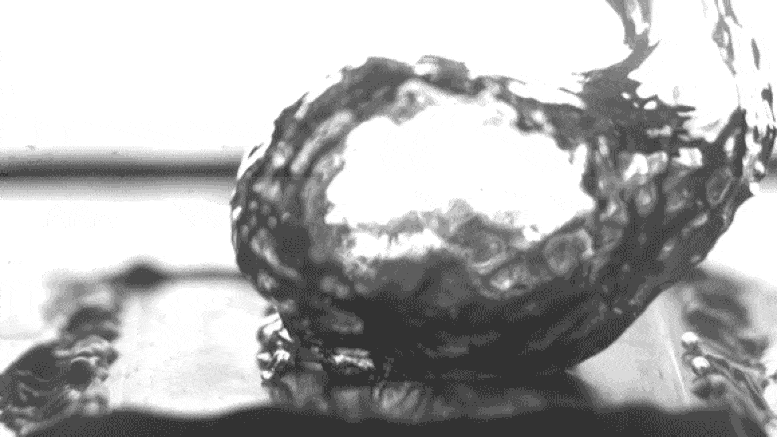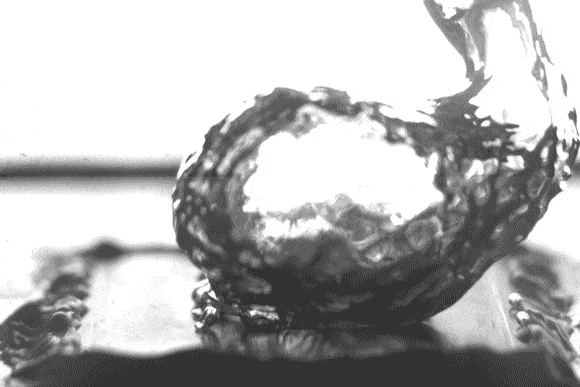MIT Engineers Find a Way To Save Energy and Make Water Boil More Efficiently

MIT engineers design new surface treatments that make water boil more efficiently.
New surface treatments could save energy for systems used in many industries.
At the heart of a wide range of industrial processes, including most electricity generating plants, many chemical production systems, and even cooling systems for electronics, is an energy-intensive step with the boiling of water or other fluids.
They could significantly reduce their energy use by improving the efficiency of systems that heat and evaporate water.
Three different kinds of surface modifications, at different size scales, together account for the increased efficiency. The new findings are described in a paper published in the journal Advanced Materials by recent MIT graduate Youngsup Song PhD ’21, Ford Professor of Engineering Evelyn Wang, and four others at MIT. The scientists caution that this initial finding is still at a laboratory scale, and more effort is required to develop a practical, industrial-scale process.

High-speed video of the researchers’ test setup shows water boiling on a specially treated surface, which causes bubbles to form at specific separate points rather than spreading out in a film across the surface, thus leading to more efficient boiling. The video has been slowed down by 100 times to show more detail. Credit: Courtesy of the researchers
The heat transfer coefficient (HTC) and the critical heat flux (CHF) are two key parameters that describe the boiling process. There’s generally a tradeoff between the two in materials design, so anything that improves one of these parameters tends to make the other worse. But both are crucial for the efficiency of the system, and now, after years of work, through their combination of different textures added to a material’s surface, the team of scientists achieved a way of significantly improving both properties at the same time.
“Both parameters are important,” Song says, “but enhancing both parameters together is kind of tricky because they have intrinsic trade-offs.” The reason for that, he explains, is “because if we have lots of bubbles on the boiling surface, that means boiling is very efficient, but if we have too many bubbles on the surface, they can coalesce together, which can form a vapor film over the boiling surface.” That film introduces resistance to the heat transfer from the hot surface to the water. “If we have vapor in between the surface and water, that prevents the heat transfer efficiency and lowers the CHF value,”…
Read More: MIT Engineers Find a Way To Save Energy and Make Water Boil More Efficiently
